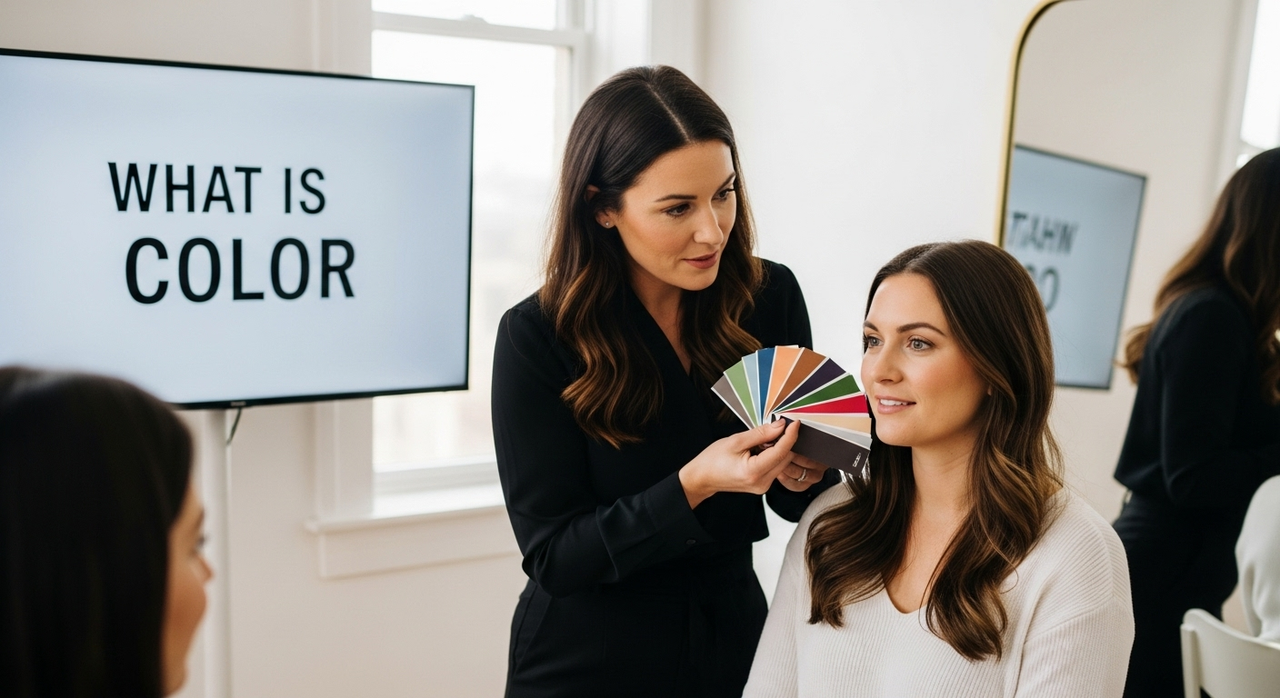What is Color Analysis? Understanding Its Importance
What is Color Analysis? Understanding Its Importance
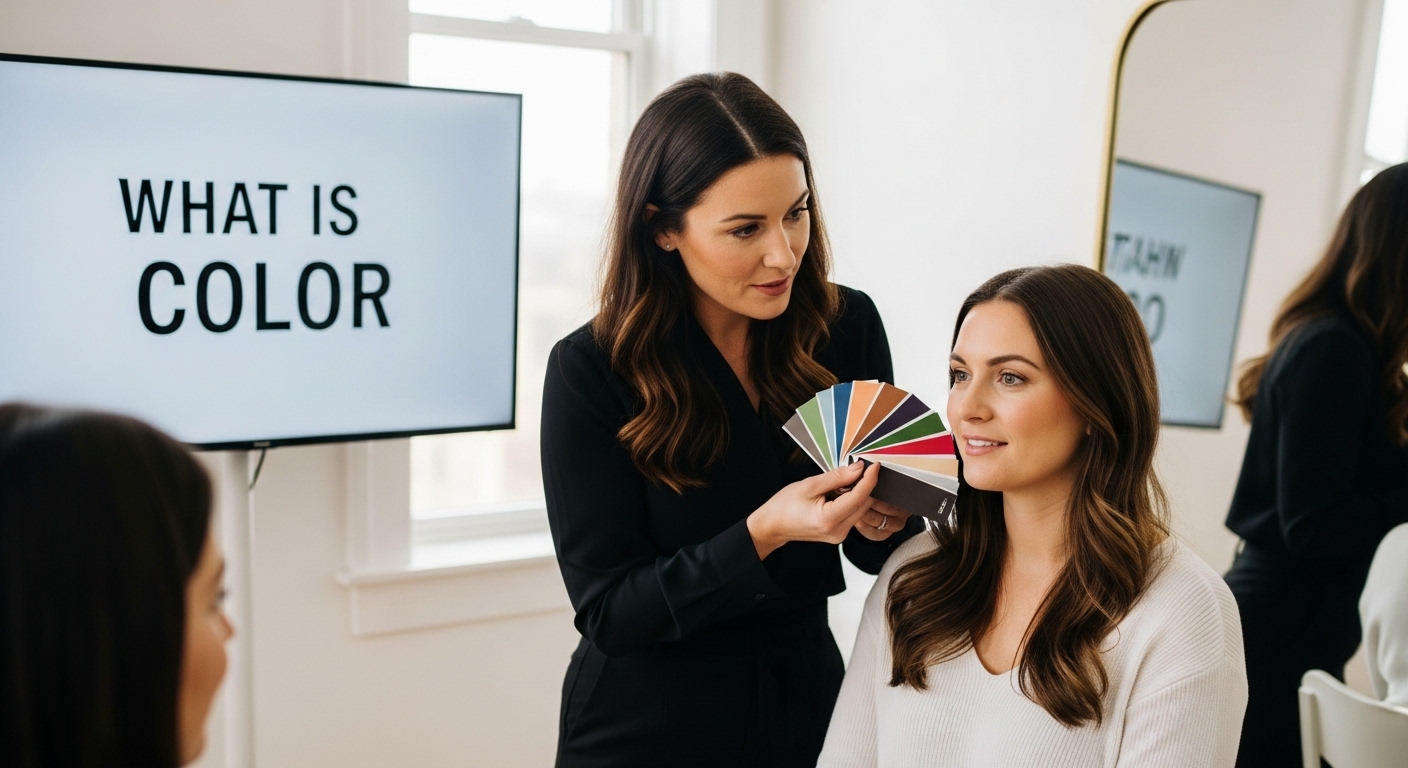
Finding clothing that makes you look vibrant is not just luck. Color analysis uses science to decode exactly which shades suit you best. And get this. Research shows that wearing the right colors can instantly increase your confidence and even improve your mood. A simple adjustment in your color palette can do more for your style than any new trend ever could.
Table of Contents
- Defining Color Analysis: What It Is And Its Purpose
- The Importance Of Color Analysis In Fashion Choices
- Understanding Color Theory: How Color Interacts
- The Four Seasons Of Color: Types And Skin Tones
- Practical Applications: Choosing Colors For Special Events
Quick Summary
| Takeaway | Explanation |
|---|---|
| Identify Your Color Palette | Understand your skin tone, hair, and eye color to find your best colors. |
| Boost Confidence with Color | Wearing the right colors enhances personal confidence and self-expression. |
| Streamline Your Wardrobe | Use color analysis to create a versatile closet that maximizes outfit combinations. |
| Consider Context in Color Choices | Select colors based on the occasion for authentic and appropriate styling. |
| Apply Color Theory Principles | Utilize color relationships to communicate emotions and create visual harmony. |
Defining Color Analysis: What It Is and Its Purpose
Color analysis is a specialized technique that helps individuals determine the most flattering color palette for their unique physical characteristics. At its core, this method matches clothing, makeup, and accessories to a person’s natural skin tone, hair color, and eye color to enhance their overall appearance and personal style.
The Science Behind Color Matching
Color analysis operates on the principle that certain colors harmonize better with specific skin undertones and personal coloring. By understanding an individual’s color profile, people can make more informed fashion and style choices that highlight their natural beauty. The process involves examining several key physical attributes:
- Skin undertone (warm, cool, or neutral)
- Natural hair color
- Eye color
- Contrast levels of skin and hair
Professional color analysts use specialized lighting and careful comparison techniques to identify which color families will make a person look vibrant and which might wash them out or create unflattering visual effects.
Why Color Analysis Matters
The significance of color analysis extends beyond simple aesthetic preferences. According to Color Me Beautiful, understanding your personal color palette can dramatically improve:
- Personal confidence
- Wardrobe efficiency
- Shopping strategies
- Overall visual presentation
By selecting colors that naturally complement one’s physical characteristics, individuals can create more cohesive and flattering looks that draw positive attention and make them feel more self-assured. Whether preparing for a special event or curating an everyday wardrobe, color analysis provides a strategic approach to personal styling that goes far beyond traditional fashion advice.
The Importance of Color Analysis in Fashion Choices
Color analysis transforms fashion selection from a guessing game to a strategic approach that empowers individuals to make confident wardrobe decisions. By understanding the nuanced relationship between personal coloring and clothing choices, people can elevate their style and create visually harmonious outfits that highlight their natural beauty.
Psychological Impact of Color Selection
The colors we wear significantly influence how others perceive us and how we feel about ourselves. According to research from Iowa State University, color choices go beyond aesthetic preferences and directly impact psychological well-being and self-perception. When individuals wear colors that complement their natural coloring, they experience:
- Increased personal confidence
- Enhanced self-expression
- Improved mood and emotional state
- Better first impressions in professional and social settings
Personal color analysis provides a scientific framework for understanding which hues will make you look vibrant, healthy, and authentically you. This goes far beyond simple trends or random color selection.
Strategic Wardrobe Development
Color analysis serves as a powerful tool for developing a cohesive and intentional wardrobe. By identifying your unique color palette, you can streamline shopping experiences, reduce unnecessary purchases, and create a versatile closet with pieces that consistently work together. Key benefits include:
- Minimizing fashion mistakes
- Creating mix-and-match outfit possibilities
- Maximizing clothing investment
- Developing a signature personal style
The goal is not to restrict fashion choices but to provide a personalized roadmap for selecting clothing that makes you look and feel your absolute best. Color analysis transforms shopping from a random experience into a strategic, confidence-building journey of personal style discovery.
Understanding Color Theory: How Color Interacts
Color theory provides a complex framework for understanding how different colors relate, interact, and influence human perception. This scientific approach explores the intricate relationships between colors, revealing how visual elements communicate emotions, create visual harmony, and impact our psychological experiences.
The Color Wheel and Basic Relationships
At the foundation of color theory lies the color wheel, a visual representation that organizes colors based on their chromatic relationships. According to Color Matters, the wheel helps designers and artists understand fundamental color interactions through several key relationships:
- Complementary Colors: Colors directly opposite each other on the wheel
- Analogous Colors: Colors adjacent to each other, creating smooth transitions
- Triadic Colors: Three colors equally spaced on the color wheel
These relationships explain why certain color combinations feel harmonious while others create visual tension. Understanding these principles allows individuals to make more intentional color choices in fashion, design, and personal styling.
Psychological and Emotional Color Interactions
Colors do not exist in isolation but interact with each other and our psychological perception. Different color combinations can evoke specific emotional responses, influence mood, and communicate subtle messages. Warm colors like reds and oranges tend to feel energetic and passionate, while cool colors such as blues and greens often suggest calmness and tranquility.
In personal color analysis, these interactions become crucial. By understanding how colors complement or clash with individual skin tones, hair color, and eye color, people can create visually appealing and emotionally resonant personal style choices that enhance their natural appearance and boost confidence.
The Four Seasons of Color: Types and Skin Tones
Color analysis categorizes individuals into four distinct seasonal palettes that reflect their unique physical characteristics. This comprehensive system helps people understand which colors naturally enhance their appearance by matching their skin undertones, hair color, and overall coloring.
Understanding Seasonal Color Classifications
According to Istituto Europeo di Design, the seasonal color system divides people into four fundamental categories, each representing a unique color harmony:
- Spring: Warm, bright colors with golden undertones
- Summer: Cool, soft colors with blue undertones
- Autumn: Warm, rich colors with earthy undertones
- Winter: Cool, dramatic colors with high contrast
Each season corresponds to specific color characteristics that complement an individual’s natural coloring.
Below is a comparison of the four seasonal color types, summarizing their key color traits and how they relate to personal skin, hair, and eye coloring.
| Season | Undertone/Temperature | Typical Color Qualities | Common Skin/Hair/Eye Characteristics |
|---|---|---|---|
| Spring | Warm (golden, peachy) | Bright, clear, light | Light to medium skin, golden undertones; often blonde, auburn, or light brown hair; clear/light eyes |
| Summer | Cool (blue, pink) | Soft, muted, pastel | Light to medium skin with rosy or cool undertones; ashy, light brown or blonde hair; blue/gray/green eyes |
| Autumn | Warm (golden, earthy) | Rich, deep, muted | Medium to dark skin with golden or olive undertones; dark brown, red, or warm blonde hair; hazel/brown/green eyes |
| Winter | Cool (blue, high contrast) | Bold, vivid, dramatic | Very light or deep skin with cool undertones; dark hair (brown/black); bright blue, gray, or dark eyes |
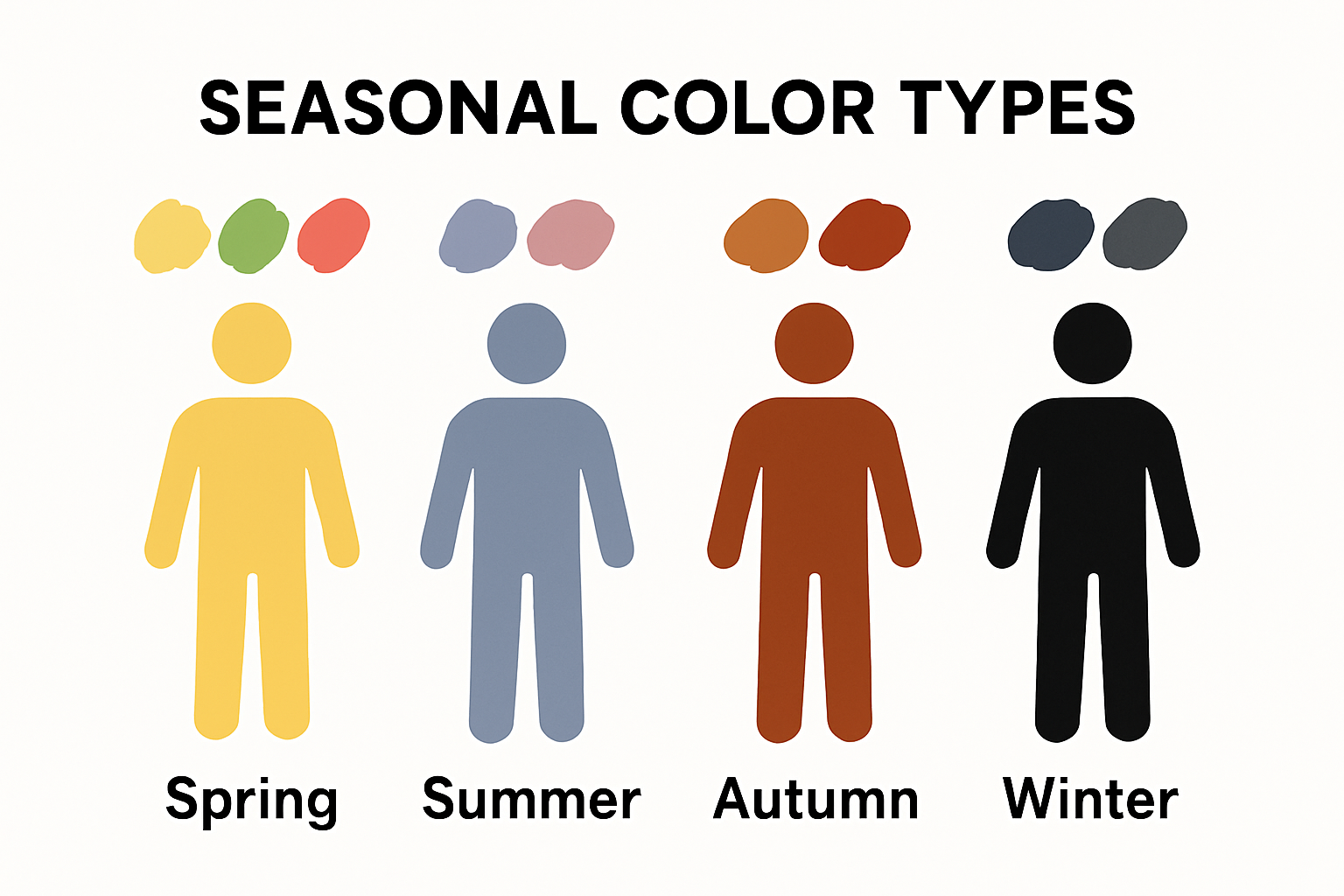 The classification goes beyond simple preference, focusing on scientific color interactions with personal physical traits.
The classification goes beyond simple preference, focusing on scientific color interactions with personal physical traits.
Determining Your Seasonal Palette
Identifying your seasonal color type involves analyzing several key physical attributes. Skin undertone plays a crucial role in this determination. Cool-toned individuals typically have blue or pink undertones, while warm-toned people have golden or peach undertones. Neutral undertones represent a balanced mix of both.
Color analysts examine factors like:
- Skin color and undertone
- Natural hair color
- Eye color
- Contrast levels between skin, hair, and eyes
By understanding these characteristics, individuals can select clothing, makeup, and accessories that create a harmonious and flattering visual appearance, ultimately boosting confidence and personal style.
Practical Applications: Choosing Colors for Special Events
Color analysis transforms event dressing from guesswork to strategic styling, enabling individuals to select outfits that not only look stunning but also communicate confidence and personal authenticity. Understanding how to apply seasonal color principles to special occasion wardrobes can dramatically enhance one’s overall appearance and emotional presentation.
Event-Specific Color Strategies
According to New Mexico State University, color selection is influenced by multiple factors including age, personality, occasion, and personal characteristics. Different events demand nuanced color approaches that reflect both personal style and contextual appropriateness:
- Weddings: Soft, elegant colors that complement the event’s formality
- Professional Conferences: Neutral, confident tones that communicate competence
- Gala Events: Rich, dramatic colors that make a sophisticated statement
- Casual Gatherings: Bright, approachable colors that reflect personal energy
The key is balancing personal color palette with event expectations, ensuring you look both authentic and occasion-appropriate.
Emotional Impact of Color Choices
Color psychology plays a critical role in how we are perceived during special events. Warm-toned individuals might choose rich autumnal colors for maximum impact, while cool-toned individuals can leverage crisp, sophisticated winter palette shades. By understanding your seasonal color type, you can strategically select colors that not only flatter your physical appearance but also project the desired emotional tone.
Consider factors like lighting, venue, and event type when making final color selections. A color that looks stunning in natural daylight might appear differently under artificial event lighting, making thoughtful color analysis an essential tool for creating memorable, confident event looks.
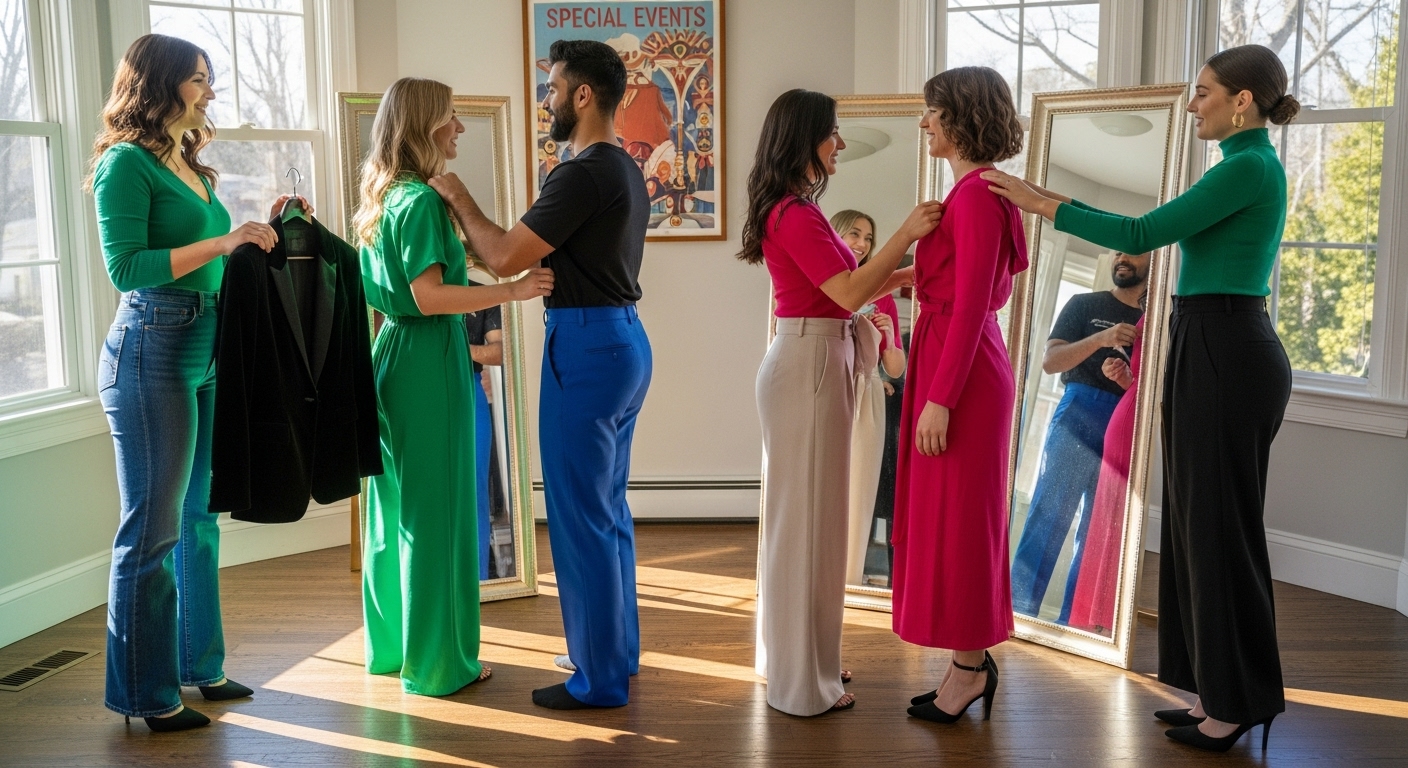
Unlock Your Perfect Event Look With Confidence
Now that you understand how color analysis can transform your wardrobe and boost your confidence, you might wonder how to put this knowledge into action for your next special event. One of the biggest challenges highlighted in the article is finding dresses that truly complement your personal coloring and make you feel radiant at every occasion. At Dress Me Up NY, we bridge that gap by offering a curated selection of formalwear designed to harmonize with every seasonal color palette discussed in the guide.
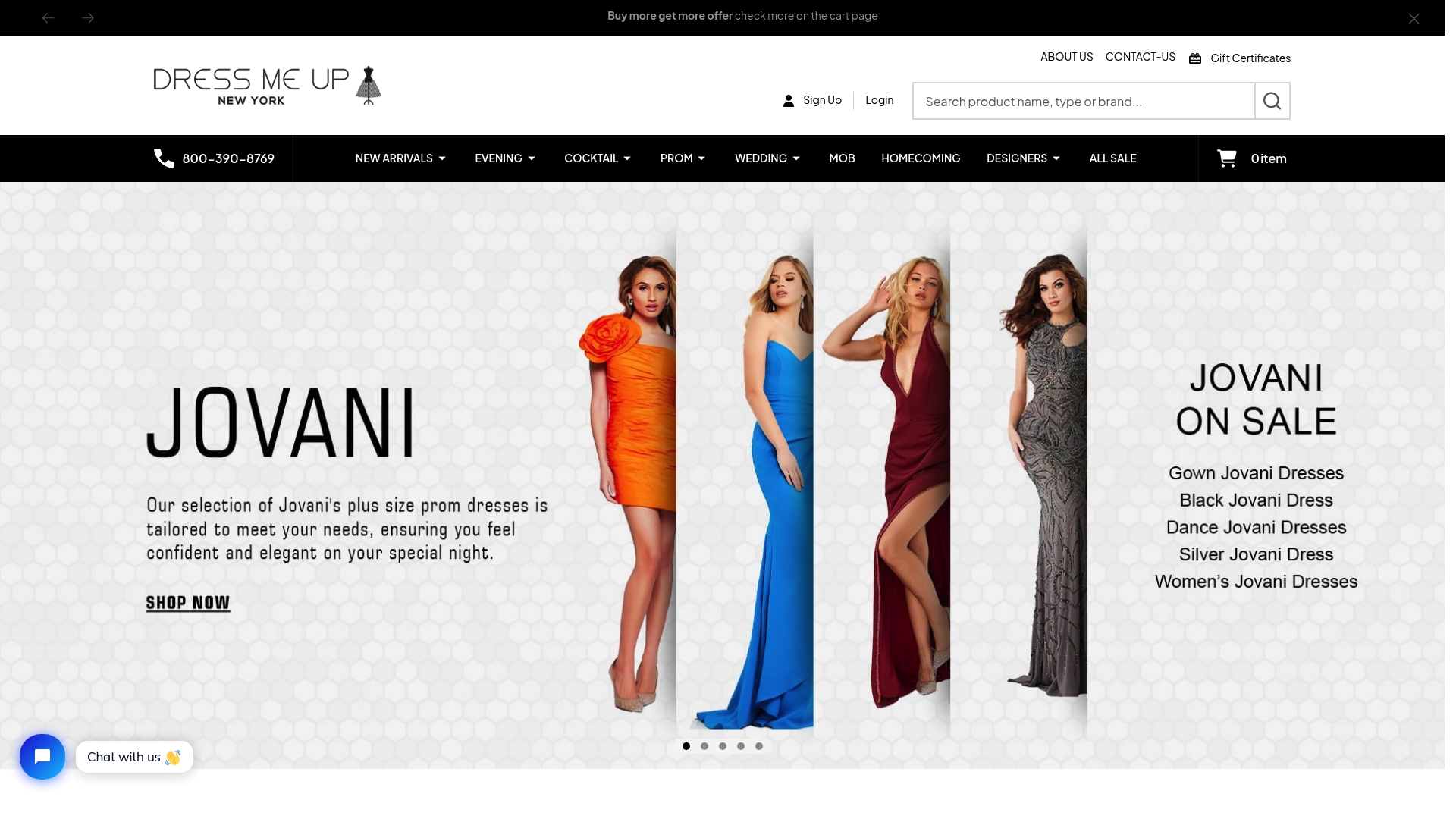
Ready to turn your color analysis insights into a showstopping ensemble? Browse our latest new arrivals and discover formal dresses that make your natural beauty shine. Whether prepping for a wedding, prom, or red carpet event, you can find a style that matches your personalized color profile. Shop now at Dress Me Up NY and seize exclusive offers on your perfect dress while supplies last. Your unforgettable look begins here.
Frequently Asked Questions
What is color analysis?
Color analysis is a technique used to determine the most flattering color palette for an individual based on their natural skin tone, hair color, and eye color. It helps enhance one’s appearance and personal style by matching colors that harmonize with their physical characteristics.
Why is color analysis important in fashion choices?
Color analysis is important because it aids individuals in making confident wardrobe decisions. By understanding which colors complement their personal coloring, people can create cohesive and flattering outfits that enhance their natural beauty.
How can I determine my seasonal color type?
To determine your seasonal color type, assess your skin undertone, natural hair color, eye color, and contrast levels between these features. A professional color analyst can assist in accurately identifying your seasonal palette, which helps guide your clothing and makeup selections.
What are some practical applications of color analysis for special events?
Color analysis can inform outfit choices for special events by helping individuals select colors that reflect personal style while being appropriate for the occasion. Utilizing seasonal color principles can enhance overall appearance and emotional presentation, making every outfit suitable for the event’s context.

